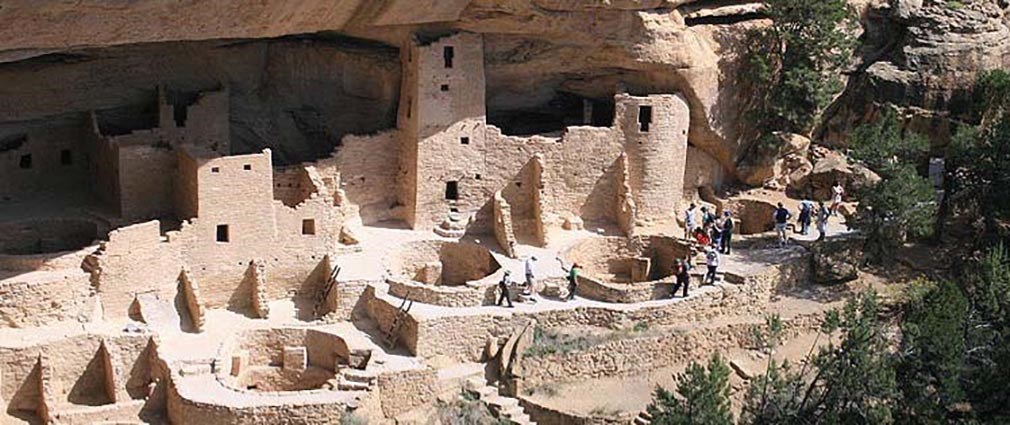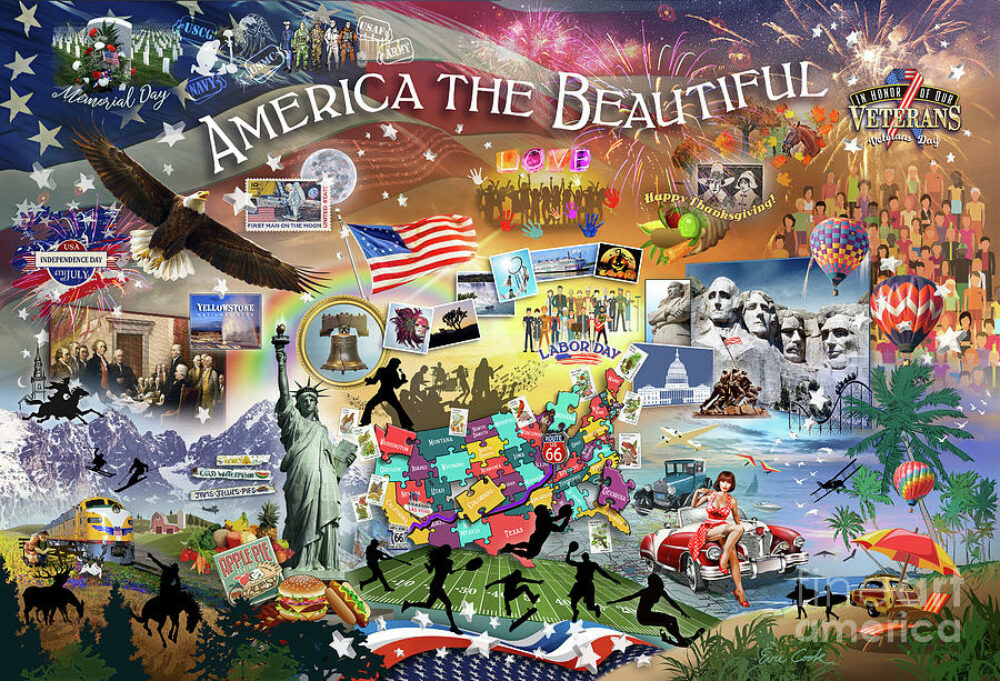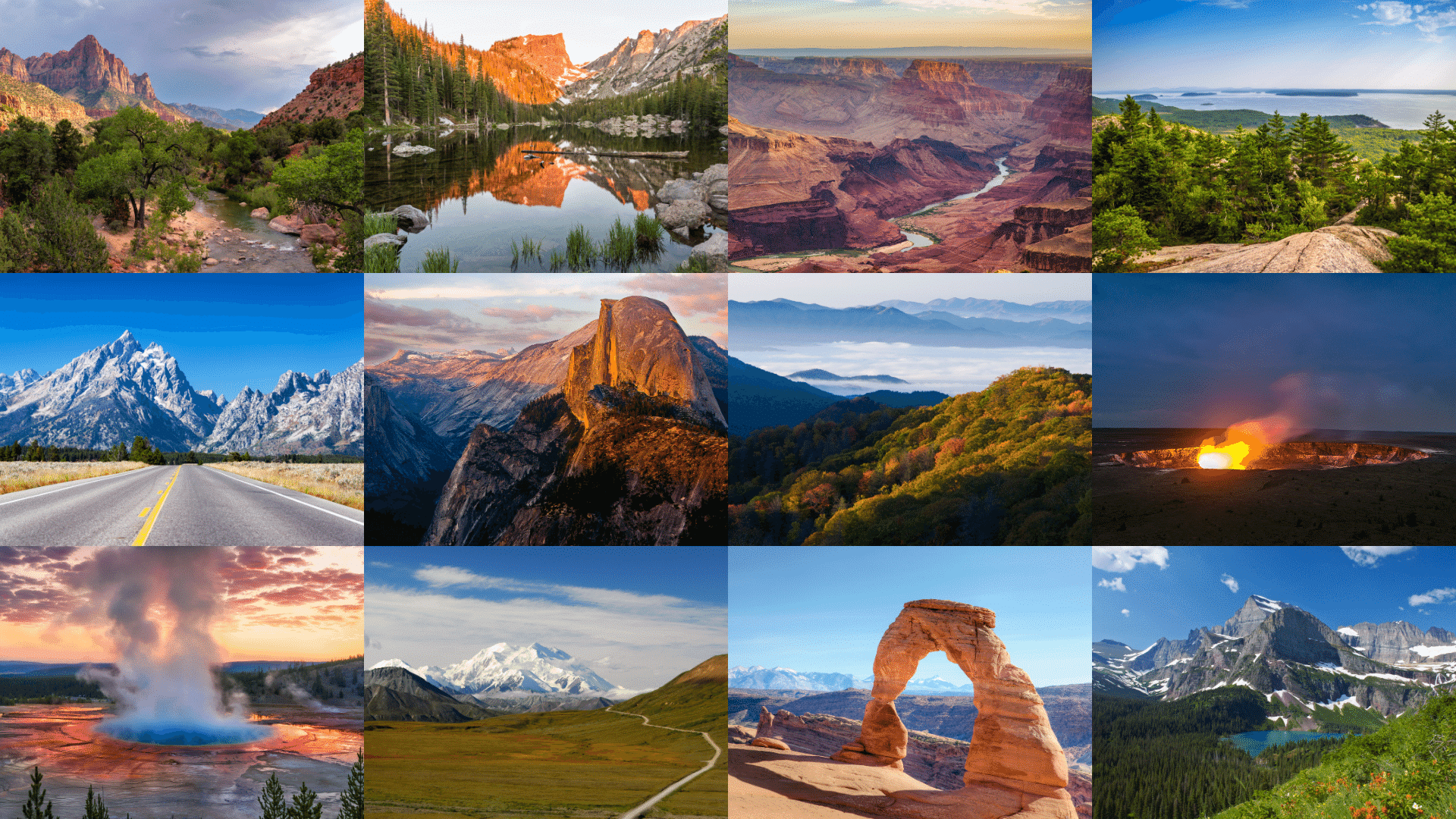Table of Contents
Introduction: How many US national parks are there?
One question that often arises among outdoor enthusiasts and travelers is, “How many US national parks are there?” In this comprehensive guide, we’ll answer that question and delve into the fascinating world of America’s national parks, exploring their diversity and highlighting their importance in preserving our natural and cultural heritage.
Unveiling the Count: How Many U.S. National Parks Are There in 2023?
As of 2023, the United States boasts a grand total of 63 official national parks. These parks, managed by the National Park Service (NPS), represent some of the most stunning and diverse landscapes found across the country. From rugged mountains and pristine forests to sprawling deserts and scenic coastlines, each national park offers a unique and captivating experience for visitors to explore and enjoy.
Among these 63 national parks are iconic destinations like Yellowstone, the world’s first national park, known for its geothermal wonders and abundant wildlife; Grand Canyon, with its breathtaking vistas and steep canyon walls; Yosemite, home to towering granite cliffs and cascading waterfalls; and Great Smoky Mountains, America’s most visited national park, renowned for its misty mountains and vibrant autumn foliage. Other notable parks include Zion, Bryce Canyon, Acadia, Olympic, Glacier, and Everglades, each offering its own distinctive blend of natural beauty and outdoor adventure.

Cultural Heritage and Conservation Efforts:
In addition to their natural wonders, U.S. national parks are also rich in cultural heritage, with many sites preserving and interpreting the history and traditions of indigenous peoples, early settlers, and diverse cultural communities. From ancient archaeological sites to historic landmarks, these parks provide valuable insights into the human experience and the interconnectedness of people and landscapes.

Furthermore, national parks play a vital role in conservation efforts, protecting critical habitats and species, safeguarding clean air and water resources, and mitigating the impacts of climate change. Through research, education, and public outreach, the National Park Service works tirelessly to ensure the long-term health and sustainability of these precious landscapes. By visiting and supporting national parks, individuals can contribute to conservation efforts and help preserve these natural and cultural treasures for future generations to enjoy.
Complete List of U.S. National Parks:
- Acadia National Park (Maine)
- American Samoa National Park (American Samoa)
- Arches National Park (Utah)
- Badlands National Park (South Dakota)
- Big Bend National Park (Texas)
- Biscayne National Park (Florida)
- Black Canyon of the Gunnison National Park (Colorado)
- Bryce Canyon National Park (Utah)
- Canyonlands National Park (Utah)
- Capitol Reef National Park (Utah)
- Carlsbad Caverns National Park (New Mexico)
- Channel Islands National Park (California)
- Congaree National Park (South Carolina)
- Crater Lake National Park (Oregon)
- Cuyahoga Valley National Park (Ohio)
- Death Valley National Park (California, Nevada)
- Denali National Park and Preserve (Alaska)
- Dry Tortugas National Park (Florida)
- Everglades National Park (Florida)
- Gates of the Arctic National Park and Preserve (Alaska)
- Gateway Arch National Park (Missouri)
- Glacier Bay National Park and Preserve (Alaska)
- Glacier National Park (Montana)
- Grand Canyon National Park (Arizona)
- Grand Teton National Park (Wyoming)
- Great Basin National Park (Nevada)
- Great Sand Dunes National Park and Preserve (Colorado)
- Great Smoky Mountains National Park (North Carolina, Tennessee)
- Guadalupe Mountains National Park (Texas)
- Haleakalā National Park (Hawaii)
- Hawaii Volcanoes National Park (Hawaii)
- Hot Springs National Park (Arkansas)
- Indiana Dunes National Park (Indiana)
- Isle Royale National Park (Michigan)
- Joshua Tree National Park (California)
- Katmai National Park and Preserve (Alaska)
- Kenai Fjords National Park (Alaska)
- Kings Canyon National Park (California)
- Kobuk Valley National Park (Alaska)
- Lake Clark National Park and Preserve (Alaska)
- Lassen Volcanic National Park (California)
- Mammoth Cave National Park (Kentucky)
- Mesa Verde National Park (Colorado)
- Mount Rainier National Park (Washington)
- National Park of American Samoa (American Samoa)
- North Cascades National Park (Washington)
- Olympic National Park (Washington)
- Petrified Forest National Park (Arizona)
- Pinnacles National Park (California)
- Redwood National and State Parks (California)
- Rocky Mountain National Park (Colorado)
- Saguaro National Park (Arizona)
- Sequoia National Park (California)
- Shenandoah National Park (Virginia)
- Theodore Roosevelt National Park (North Dakota)
- Virgin Islands National Park (U.S. Virgin Islands)
- Voyageurs National Park (Minnesota)
- White Sands National Park (New Mexico)
- Wind Cave National Park (South Dakota)
- Wrangell-St. Elias National Park and Preserve (Alaska)
- Yellowstone National Park (Wyoming, Montana, Idaho)
- Yosemite National Park (California)
- Zion National Park (Utah)
Conclusion:
In conclusion, the United States is home to a remarkable array of national parks, each offering a unique blend of natural beauty, cultural heritage, and recreational opportunities. From iconic landmarks like Yellowstone and Yosemite to hidden gems like Congaree and Channel Islands, these protected areas showcase the diversity and majesty of America’s landscapes. By exploring and supporting our national parks, we can foster a deeper appreciation for the natural world and ensure the preservation of these treasured places for generations to come. Whether embarking on a scenic hike, taking a guided tour, or simply enjoying a picnic with family and friends, there’s no shortage of ways to experience the wonders of America’s national parks.
For More Information on the US National Parks – Check Out This Link!
NPS.gov Homepage (U.S. National Park Service)


